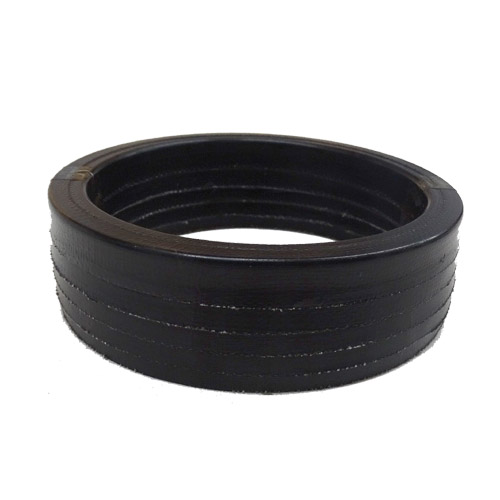
Hydraulic & Pneumatic Seals
Hydraulic and pneumatic seals are sealing components used for applications with rotary or reciprocating motions, they are commonly found in cylinders.
Hydraulic Seals:
1. Types of Hydraulic Seals:
- O-Rings: Circular seals that fit into a groove and are compressed between two parts to create a seal.
- U-Cups: U-shaped seals that are loaded in the axial or radial direction.
- Wipers/Scraper Seals: Designed to prevent contaminants from entering the hydraulic system.
- Rod Seals: Installed on the rod to prevent fluid from leaking out of the cylinder.
2. Material:
- Common materials include rubber compounds, polyurethane, and other synthetic materials.
- The choice of material depends on factors such as temperature, pressure, and the type of fluid used.
3. Functions:
- Seal fluid between components in a hydraulic system.
- Prevent contamination from entering the system.
Pneumatic Seals:
1. Types of Pneumatic Seals:
- Piston Seals: Seal the gap between the piston and cylinder bore.
- Rod Seals: Seal the gap between the rod and the gland.
- Wipers/Scraper Seals: Prevent external contaminants from entering the pneumatic system.
- O-Rings: Also used in pneumatic applications.
2. Material:
- Materials like nitrile rubber, polyurethane, and other polymers are commonly used for pneumatic seals.
- Pneumatic seals are generally lighter and may have different material requirements compared to hydraulic seals.
3. Functions:
- Seal air or gas between components in a pneumatic system.
- Prevent external contaminants from entering the system.
Key Differences:
1. Pressure Levels:
- Hydraulic systems generally operate at higher pressures than pneumatic systems.
2. Size and Weight:
- Pneumatic seals are often lighter and smaller than hydraulic seals due to the lower pressures in pneumatic systems.
3. Material Compatibility:
- Hydraulic seals need to withstand a wider range of fluids, including oils, whereas pneumatic seals primarily deal with compressed air or gases.
4. Application Specifics:
- While there is some overlap, seals are often designed with specific application requirements in mind, whether hydraulic or pneumatic.